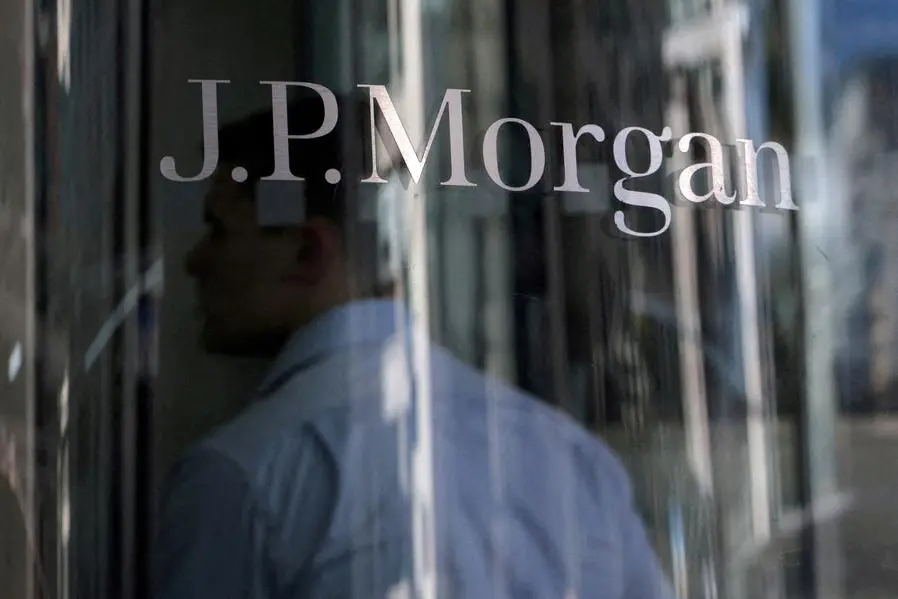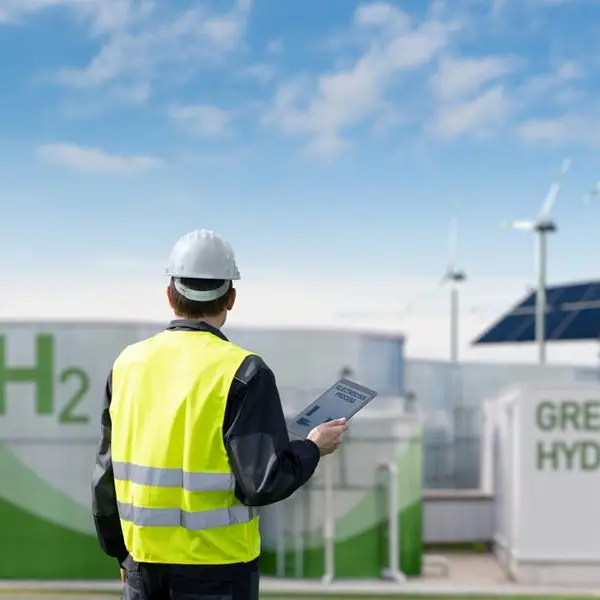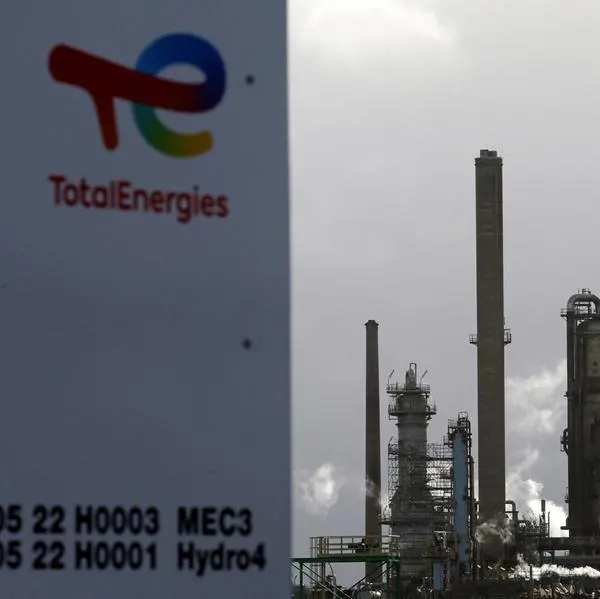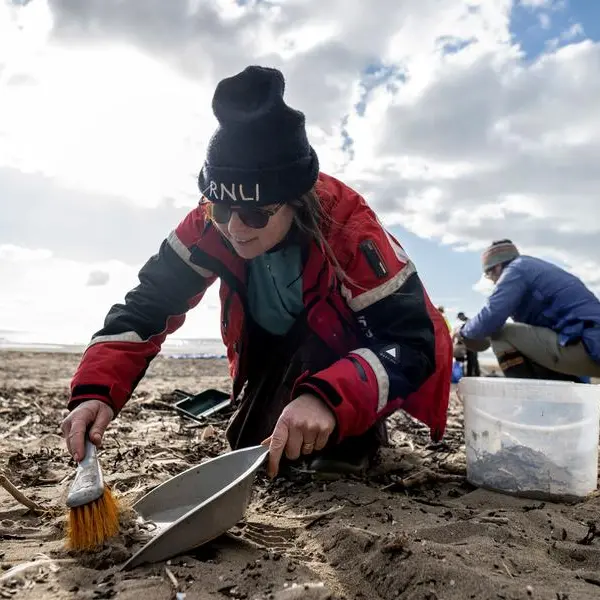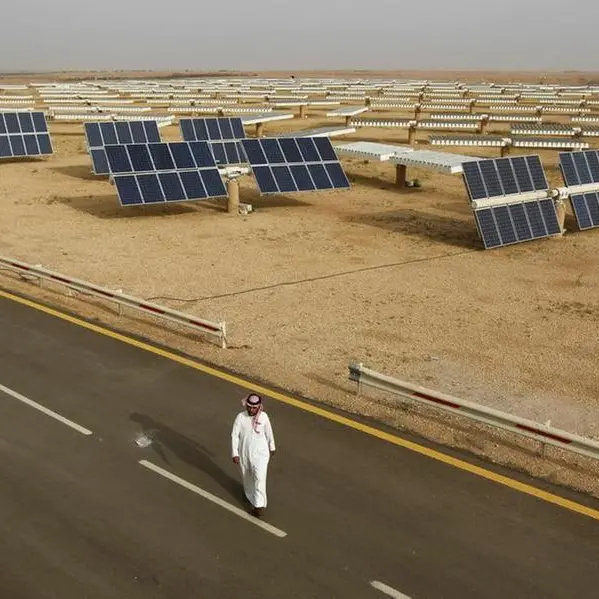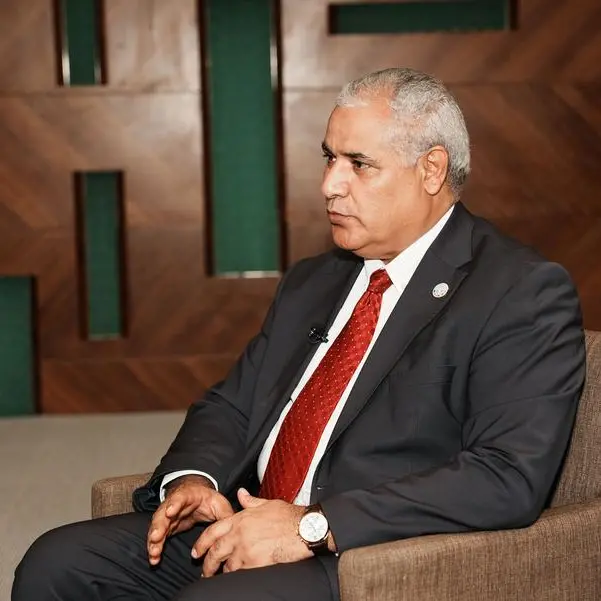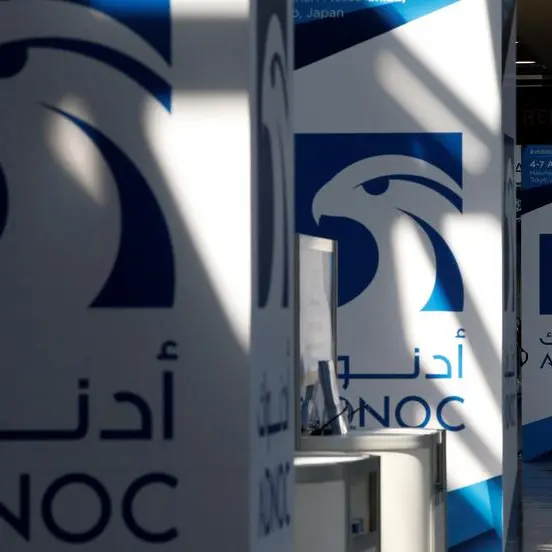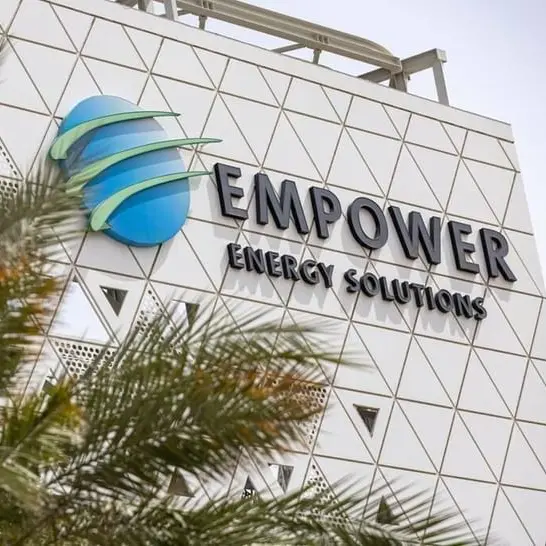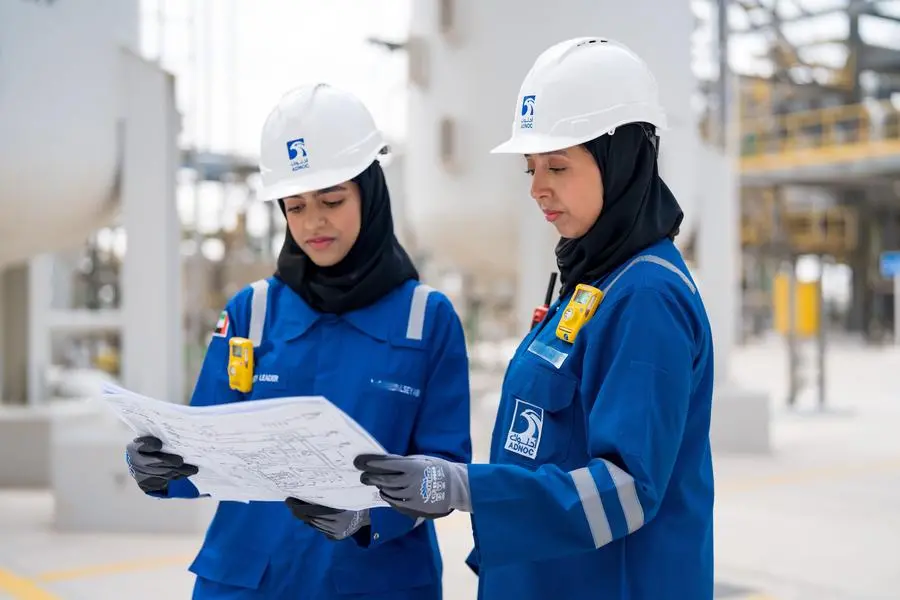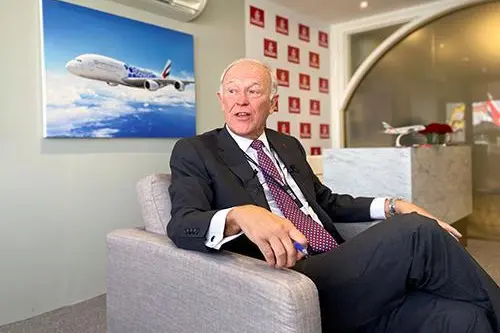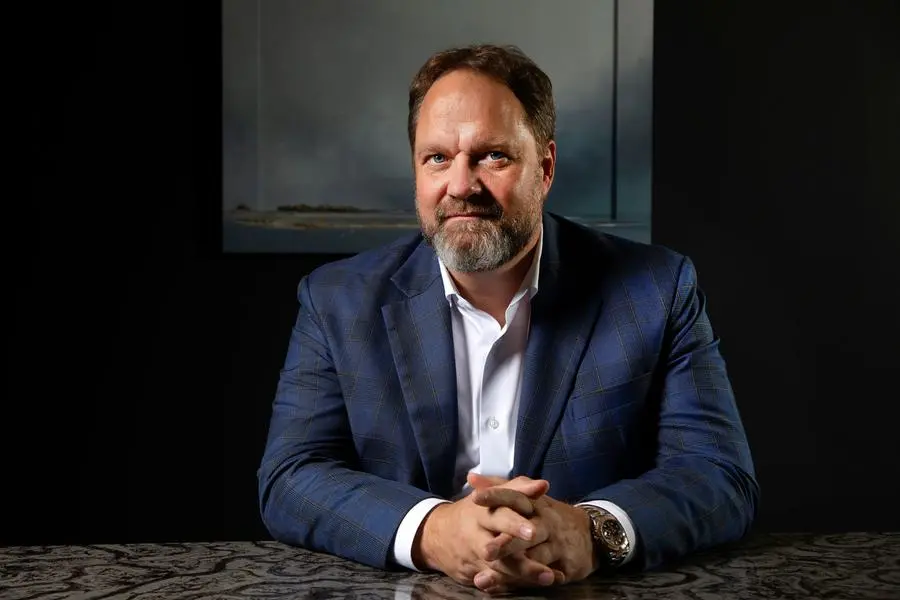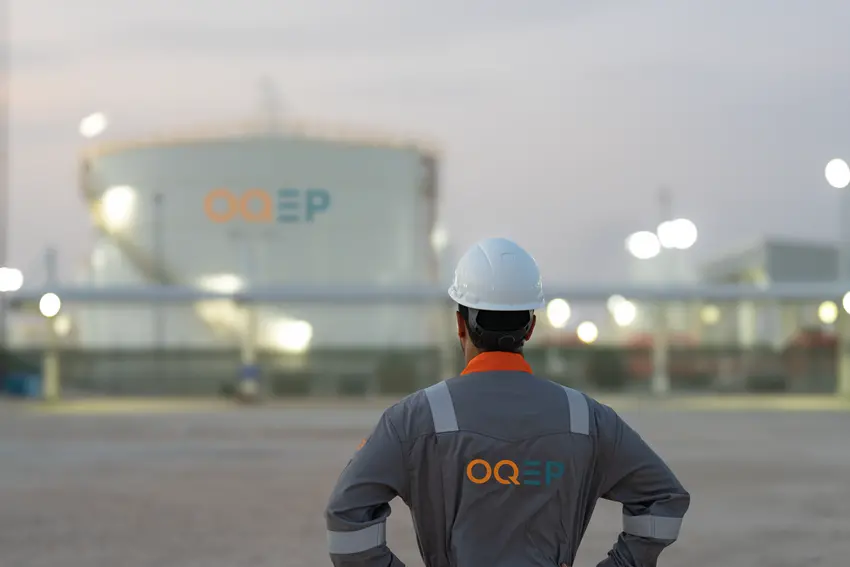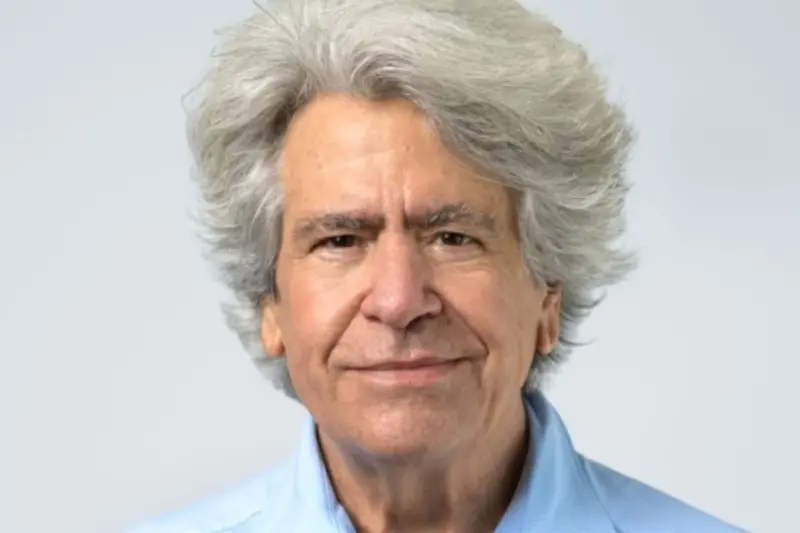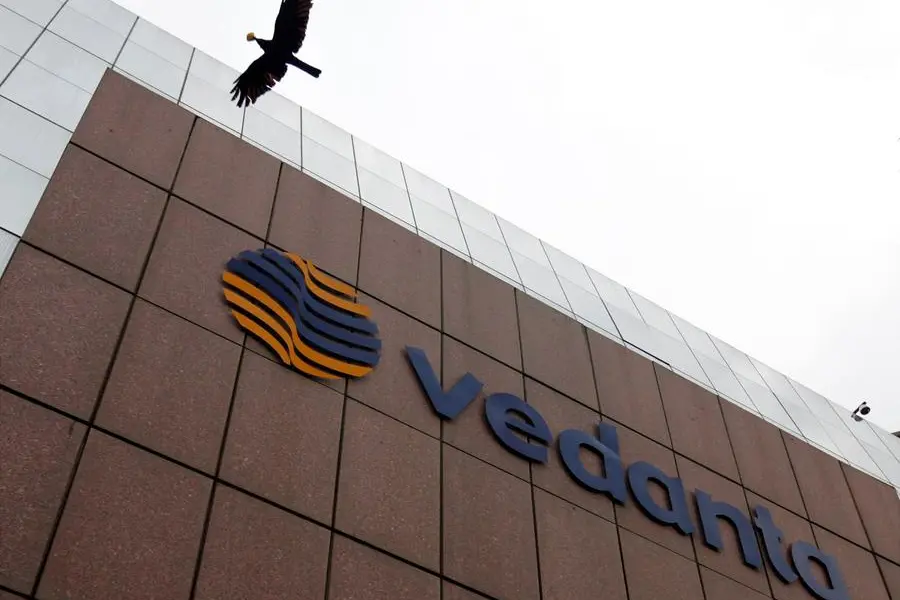PHOTO
WASHINGTON - A new guide for countries and companies seeking financing for activities that have a positive and verifiable social or environmental impact could unlock an extra $200 billion a year for sustainable development, a JPMorgan executive told Reuters.
The voluntary guidance issued on Wednesday by the finance-sector-led Impact Disclosure Taskforce seeks to address an estimated $4.2-trillion-a-year financing gap for the United Nations' sustainable development goals.
Some ESG forms of financing, such as green or sustainability-linked bonds or loans, have had market-driven classifications for some time. However, there is no common rulebook for assessing lending aimed at creating a positive social or environmental impact.
Many issuers have struggled to attract investors because of a lack of quality data, targets and reporting on impacts.
The new guidance has a five-step process, including assessing the issuer's strategy to ensure that its products, services and operations target a country's most acute needs.
Issuers must also describe the impact they hope to achieve and how they expect to get there, establish targets to measure the impact and report on them.
"It creates a market and an industry consensus of how development impact should be measured and disclosed," said Arsalan Mahtafar, head of the development finance institution team at JPMorgan, the largest U.S. bank.
Based on the bank's footprint and its development finance target, the projects expected to be made available to impact investors would be worth over $200 billion a year, Mahtafar added.
Timothee Jaulin, head of ESG development at asset manager Amundi, a member of Taskforce, said the guidance would make it easier for investors to assess countries' sustainability criteria.
Co-chaired by JPMorgan and French lender Natixis, Taskforce's more than 50 members also include the Asian Development Bank, HSBC, Korea Eximbank, Morningstar Sustainalytics, Linklaters and Standard Chartered.
The guidance's release coincides with a meeting of the World Bank and International Monetary Fund in Washington to discuss how to free up more finance to help countries meet challenges including climate change.
It also precedes global climate talks in Azerbaijan in November where developing countries are pushing for a more ambitious annual climate-finance target.
(Editing by Rod Nickel)
